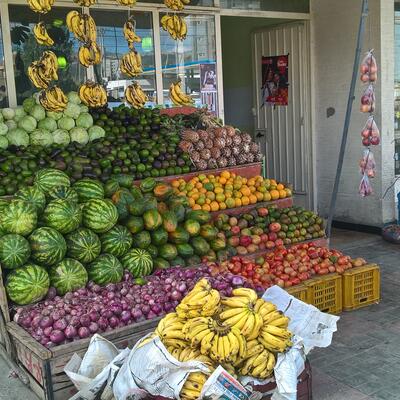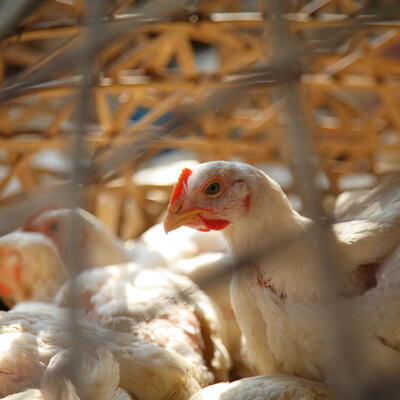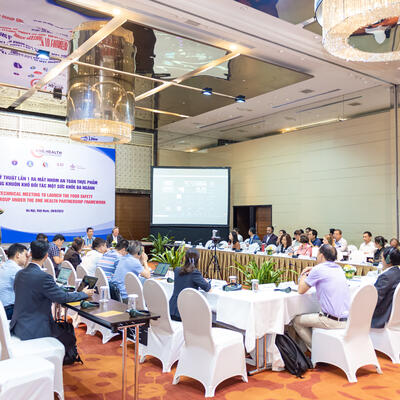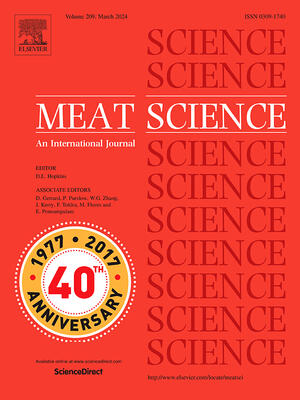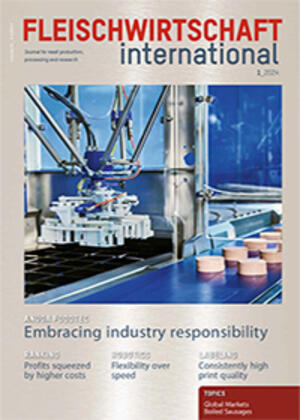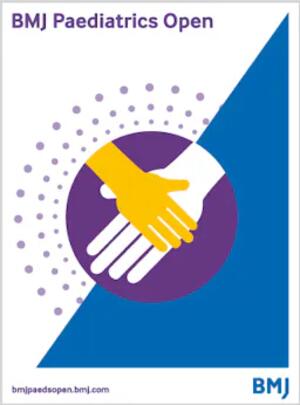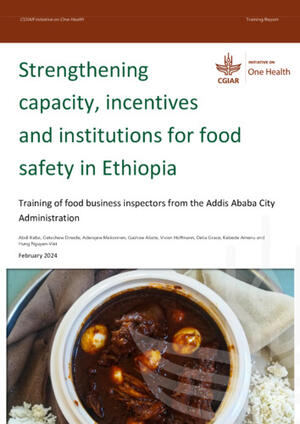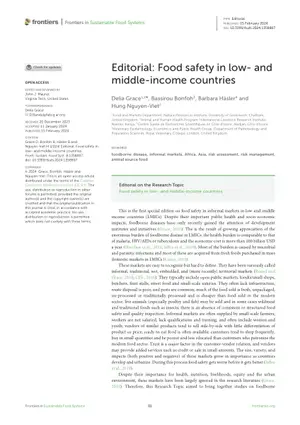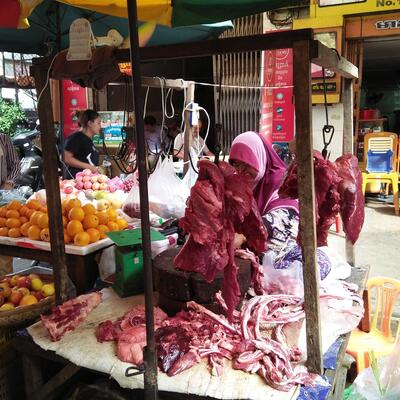
New study confirms efficacy of low-cost interventions in reducing pork contamination in Vietnam
Researchers in Vietnam have proven the potential of low-cost interventions in reducing microbial contamination in small-scale pig slaughterhouses and traditional pork shops.
In a recent study published in the International Journal of Food Microbiology, a team led by Ngo Hoang Tuan Hai, co-hosted by the International Livestock Research Institute (ILRI) and the Hanoi University of Public Health, shed light on the crucial issue of biological contamination in the country's pork industry.
Vietnam, like many developing countries, relies significantly on traditional pork value chains for its pork production and distribution. However, this dependence comes with a significant challenge—high levels of microbiological contamination, which increase the risk of foodborne diseases among consumers.
The study aimed to assess the effectiveness of light-touch interventions in changing the behaviour of small-scale slaughterhouse workers and pork shop vendors. Based on a previously conducted risk factor analysis, the interventions addressed critical points of contamination in the pork value chain. These interventions included providing hygiene tools and food safety training to workers in 10 small-scale slaughterhouses and 29 pork shops across four provinces in Vietnam, namely Hung Yen, Nghe An, Hoa Binh and Thai Nguyen.
The study analysed samples from pig carcasses, retailed pork, contact surfaces and workers' hands to measure the total bacteria count and Salmonella contamination before the intervention, three weeks after and six weeks after. The researchers also observed the practices of trainees during these periods.
The results of the study were remarkable. In slaughterhouses, total bacteria count on pig carcasses dropped from 5000 colony-forming units (CFU) per gram to 800 CFU/g after three weeks and further to 350 CFU/g after six weeks, marking 84% and 93% reductions, respectively.
At pork shops, Salmonella prevalence in retailed pork decreased from 12% to 6% after three weeks and further to 3% after six weeks. Hygiene and safety practices also significantly improved, with compliance rates reaching 80% to 92% in slaughterhouses and 75% to 87% in pork shops. This was proof that the interventions proved effective in improving hygiene and food safety practices among workers and retailers.
At slaughterhouses, the study found that practices like smoking or eating during slaughter were associated with an increase in total bacteria count, while cleaning floors and wearing boots reduced contamination. For pork shops, the use of rough materials (such as cardboard or wood) to display pork increased total bacteria count, while cleaning knives reduced the probability of Salmonella contamination.
With traditional pork value chains still dominant in Vietnam, these interventions offer a feasible and cost-effective way to improve food safety. The researchers recommend that interventions be applied throughout the pork value chain to minimize contamination at every stage of production.
The study provides evidence-based results for countries facing similar challenges in their pork production and distribution systems. As the global community continues to grapple with food safety concerns, the findings from this study provide valuable insights into practical, simple and cost-effective measures that can safeguard consumers and improve public health in traditional pork markets.
The study is part of the Market-based approaches to improving the safety of pork in Vietnam (SafePORK) project (2017–23) which was funded by the Australian Centre for International Agricultural Research. Additional funding was provided by the CGIAR Research Program on Agriculture for Nutrition and Health (A4NH) and the CGIAR Initiative on One Health. The project was co-implemented by ILRI, Hanoi University of Public Health, the Vietnam National University of Agriculture, the Vietnam National Institute of Animal Sciences and the University of Sydney.





